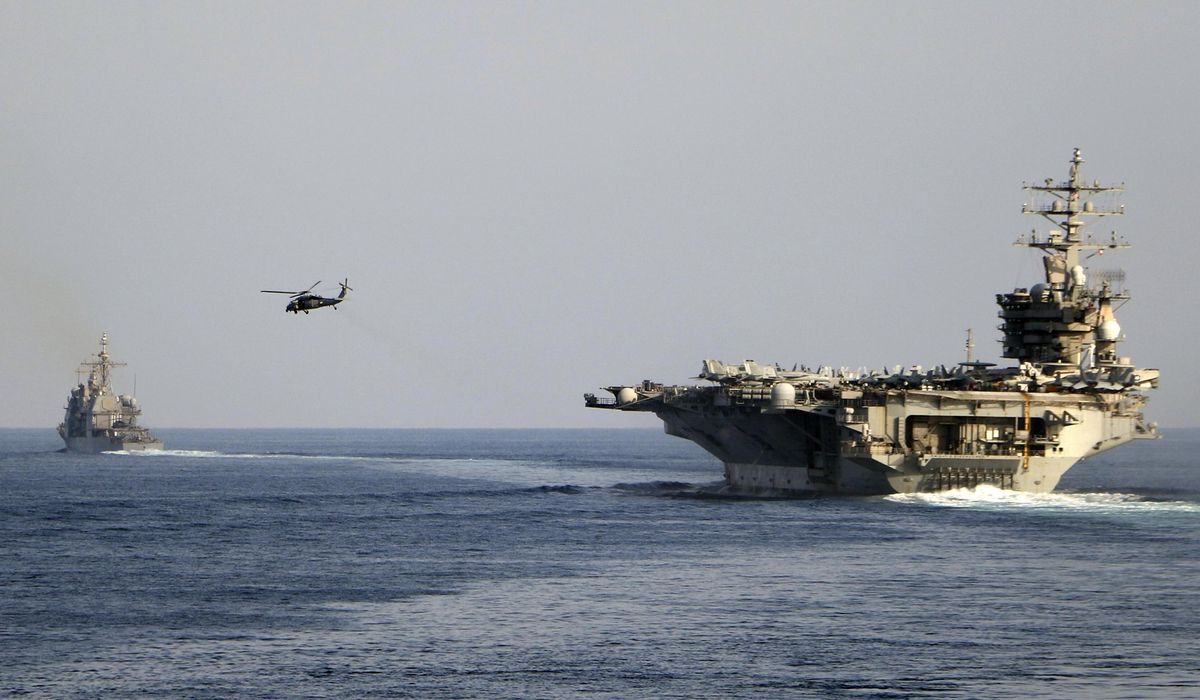


Don’t miss the full story, whose reporting from The Associated Press is the basis of this AI-assisted article.
The Strait of Hormuz stands as the world’s most critical oil choke point, with tensions between Israel and Iran highlighting its strategic importance to global energy security. This narrow waterway between Oman and Iran serves as the gateway for approximately 20% of the world’s daily oil consumption, making it a vital artery for the global economy. Any disruption to this passage could trigger significant oil price spikes and economic ripple effects worldwide, particularly impacting Asian markets that rely heavily on Gulf oil exports.
Here are some facts about the Strait of Hormuz that you might not know.
• Critical oil volume: About 20 million barrels of oil per day, representing around 20% of global oil consumption, passed through the strait in 2024, with most shipments destined for Asian markets.
• Strategic geography: The strait is only 33 kilometers (21 miles) wide at its narrowest point, connecting the Persian Gulf with the Gulf of Oman and Arabian Sea, although it remains deep and wide enough for the world’s largest crude oil tankers.
• Major oil sources: Oil flowing through the strait originates from Saudi Arabia, the United Arab Emirates, Iraq, Iran, Kuwait and Bahrain, while Qatar supplies significant volumes of liquefied natural gas through this route.
• Limited alternatives: Most oil volumes transiting the strait have no alternative exit routes from the region, as existing pipelines like Saudi Arabia’s East-West pipeline lack sufficient capacity to handle the volume.
• Asian dependency: Approximately 84% of oil moving through the strait heads to Asia, with China receiving 47% of its seaborne oil from the Gulf, though China maintains a 1.1 billion barrel oil inventory representing 2.5 months of supply.
• Iranian military capabilities: Iran possesses fast-attack boats, thousands of naval mines, and missiles that could potentially make the strait impassable, with its main naval base at Bandar Abbas positioned on the strait’s north coast.
• Price impact potential: Analysts estimate that blocking the strait could drive oil prices as high as $120-$130 per barrel temporarily, creating significant inflationary pressure on the global economy.
• Historical U.S. intervention: The U.S. Navy previously intervened in the 1980s, escorting Kuwaiti oil tankers through the strait during the Iran-Iraq war, and analysts expect similar intervention could occur if Iran attempted to close the waterway.
READ MORE: The Strait of Hormuz is a vital route for oil. Closing it could backfire on Iran
This article is written with the assistance of generative artificial intelligence based solely on Washington Times original reporting and wire services. For more information, please read our AI policy or contact Ann Wog, Managing Editor for Digital, at awog@washingtontimes.com
The Washington Times AI Ethics Newsroom Committee can be reached at aispotlight@washingtontimes.com.
